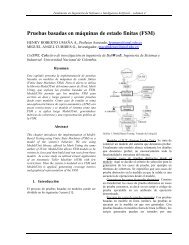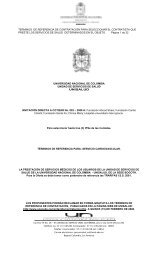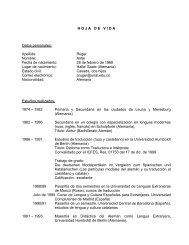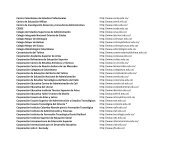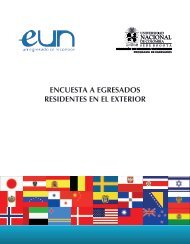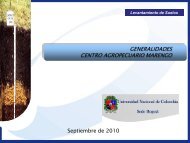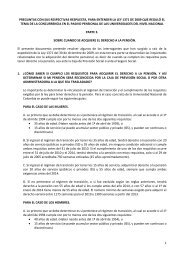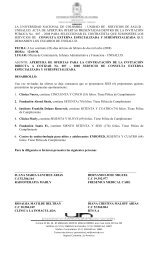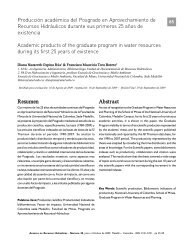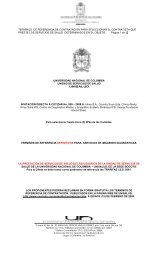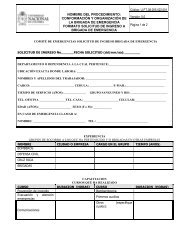ISO 11799
ISO 11799
ISO 11799
You also want an ePaper? Increase the reach of your titles
YUMPU automatically turns print PDFs into web optimized ePapers that Google loves.
<strong>ISO</strong> <strong>11799</strong>:2003(E)<br />
Annex B<br />
(informative)<br />
Recommended climatic conditions for the long-term storage of<br />
archive and library materials<br />
Very generally speaking, lowering the temperature and/or lowering the relative humidity will lengthen the life of<br />
the documents. However, other effects may run counter to this, notably condensation if the temperature sinks<br />
below the dew point, and substrate brittleness when the relative humidity becomes low. The figures in<br />
Table B.1 are compiled from different sources, mainly from other standards, see Clause 2 and items [5] and<br />
[6] in the Bibliography. It is strongly recommended that these publications be consulted for more details about<br />
areas of application, alternative storage conditions for different purposes, etc. To enhance the usefulness of<br />
this annex, data on materials outside the scope of this International Standard are included. For documents<br />
made of paper, parchment and leather, and for diverse varieties of gramophone discs and some magnetic<br />
media, no International Standards on document storage exist. The figures in Table B.1 for such material types<br />
are taken from other referenced documents, and it may be possible to find alternative climatic conditions<br />
recommended in other publications. In any case, and for all types of materials, the archive or library should<br />
choose its climatic level, also taking into account the nature and value of the documents as the financial costs<br />
of keeping temperature and humidity levels low.<br />
Requirements relating to climatic conditions for materials that are to be heavily and often used, and which<br />
therefore cannot be subject to an acclimatization process, will differ from the figures in Table B.1. Maximum<br />
document longevity and maximum readiness for use are two different options, that in many cases are mutually<br />
exclusive. In Table B.1, an exception from the long-life option is made for paper documents in regular use, for<br />
which such climatic data are given that will promote paper suppleness more than paper longevity. Paper<br />
suppleness, due to a higher water content adsorbed on the paper fibres, will minimize mechanical damage to<br />
the paper caused by handling, but it will make chemical deterioration proceed faster.<br />
Table B.1 — Recommended climatic conditions for the long-term storage of archive<br />
and library materials<br />
Temperature<br />
Relative humidity<br />
°C %<br />
Type of materials min. max. Tolerable<br />
daily<br />
changes<br />
within the<br />
limits<br />
min. max. Tolerable<br />
daily<br />
changes<br />
within the<br />
limits<br />
Paper, optimum preservation 2 18 ± 1 30 45 ± 3<br />
Paper, staffed stack areas, items in regular use 14 18 ± 1 35 50 ± 3<br />
Parchment, leather 2 18 ± 1 50 60 ± 3<br />
Photographic film: black and white silver gelatin on cellulose<br />
acetate base:<br />
EITHER 2 ± 2 20 50 ± 5<br />
OR 5 ± 2 20 40 ± 5<br />
OR 7 ± 2 20 30 ± 5<br />
Photographic film: black and white silver gelatin or silver dye<br />
bleach on polyester base<br />
21 ± 2 20 50 ± 5<br />
Licensed to ING. MECC. - UNIV. TOR VERGATA/FULVIO MERCURI<br />
<strong>ISO</strong> Store order #: 648902/Downloaded: 2005-02-02<br />
Single user licence only, copying and networking prohibited<br />
© <strong>ISO</strong> 2003 — All rights reserved 11



